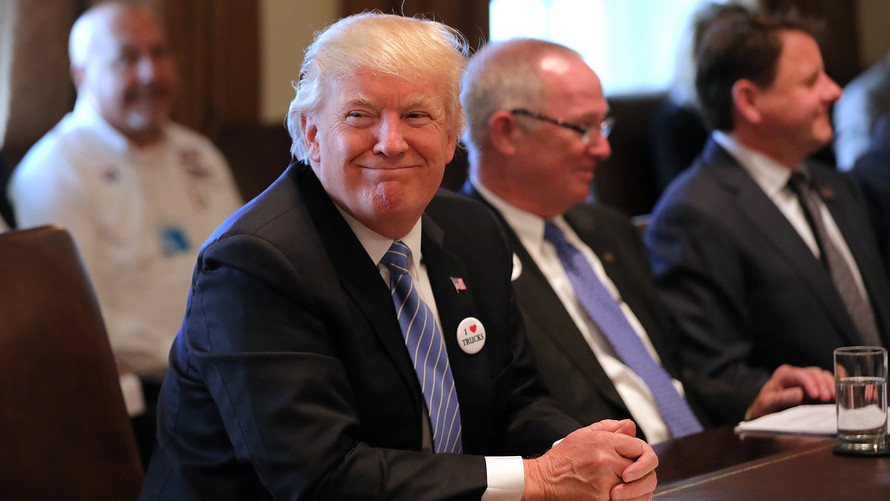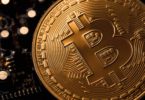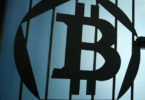The first 100 days of the Trump administration has been a particularly exciting time for financial markets, primarily because many of Wall Street’s assumptions about how markets would react to the Republican’s purportedly pro-growth policies were way off base.
Remember when Wall Street analysts believed Treasury yields would break above 3% in short order? They’re now closer to 2%.
But possibly the most exciting action occurred in the currency market, where traders who had the temerity to bet against the consensus reaped the biggest returns.
From the Mexican peso, to the Japanese yen, to the U.S. dollar — here’s a breakdown of the market’s biggest winners and losers.
The winners
The Mexican peso: After falling to an all-time low at roughly 22 pesos to the dollar about two days before Trump’s inauguration, Latin America’s most heavily traded currency has completed an astounding turnaround. The currency has risen 15% from its lows of the year, making it the best performer among the world’s 20 most heavily traded currencies. One dollar USDMXN, +0.2142% bought 18.86 pesos in recent trade.
While the Mexico’s central bank has jacked up interest rates to try to defend the currency, politics remains perhaps the most important factor influencing its valuation. Trump‘s legislative agenda has stalled in Congress as his administration has struggled to unite the fractious House Republican caucus behind its legislative agenda.
To be sure, the peso has been very volatile this week as Trump said he was drafting an executive order to pull the U.S. out of the North American Free Trade Agreement, but eventually changed his mind after the leaders of Canada and Mexico urged him to reconsider.
The Japanese yen: With tensions flaring between the U.S. and several of its geopolitical adversaries, including North Korea and Russia, it should come as no surprise that one of the world’s most popular haven currencies has appreciated by nearly 5% USDJPY, +0.32% since the start of the year to trade at ¥111.43 to the dollar on Friday.
Improving fundamentals have also helped its performance. Unemployment in the world’s third-largest economy is at its lowest level in more than two decades. Inflation and economic growth have begun to stir, after years of stagnation. And the Bank of Japan’s decision back in September to change its approach to monetary easing has caused some to speculate about whether the country’s experiment with negative interest rates and asset purchases might be coming to an end.
Bitcoin: The price of a single bitcoin more than doubled in 2016. This year, it’s already up 30%, notching yet another in a series of record highs on Friday at $1,343, according to the CoinDesk Price Index.
At the same time, the world’s most popular digital currency weathered the Securities and Exchange Commission’s rejection of two proposed bitcoin exchange-traded funds with nary a blip.
The losers
The dollar: Dollar bulls have had a rough time in 2017. Just like they did in 2015, and, oh yea — most of 2016, too.
The Federal Reserve’s trade-weighted dollar index climbed by more than 4% between Trump’s upset victory on Nov. 8, and the end of the year. The ICE U.S. Dollar index, which gauges the currency’s strength against a basket of six rivals, climbed 4.3%.
But since then, both indexes have erased nearly all of their postelection gains as the Trump administration has struggled to implement its agenda.
Investors bid up the dollar on the expectation that Trump’s promised fiscal stimulus would allow the Federal Reserve to raise interest rates more speedily. But market strategists like Doug Borthwick, managing director at Chapdelaine FX, a subsidiary of Tullett Prebon, believe the market was too quick to price this in.
For its part, the Federal Reserve has penciled in three interest-rate hikes for 2017. It has already raised borrowing costs once, in March. But even if it makes good with the other two, the market has had years of lead time to anticipate interest rates returning to pre-crisis levels.
The Fed’s rate-setting committee will meet next week, but most believe it will hold off on raising rates again until its June meeting.







